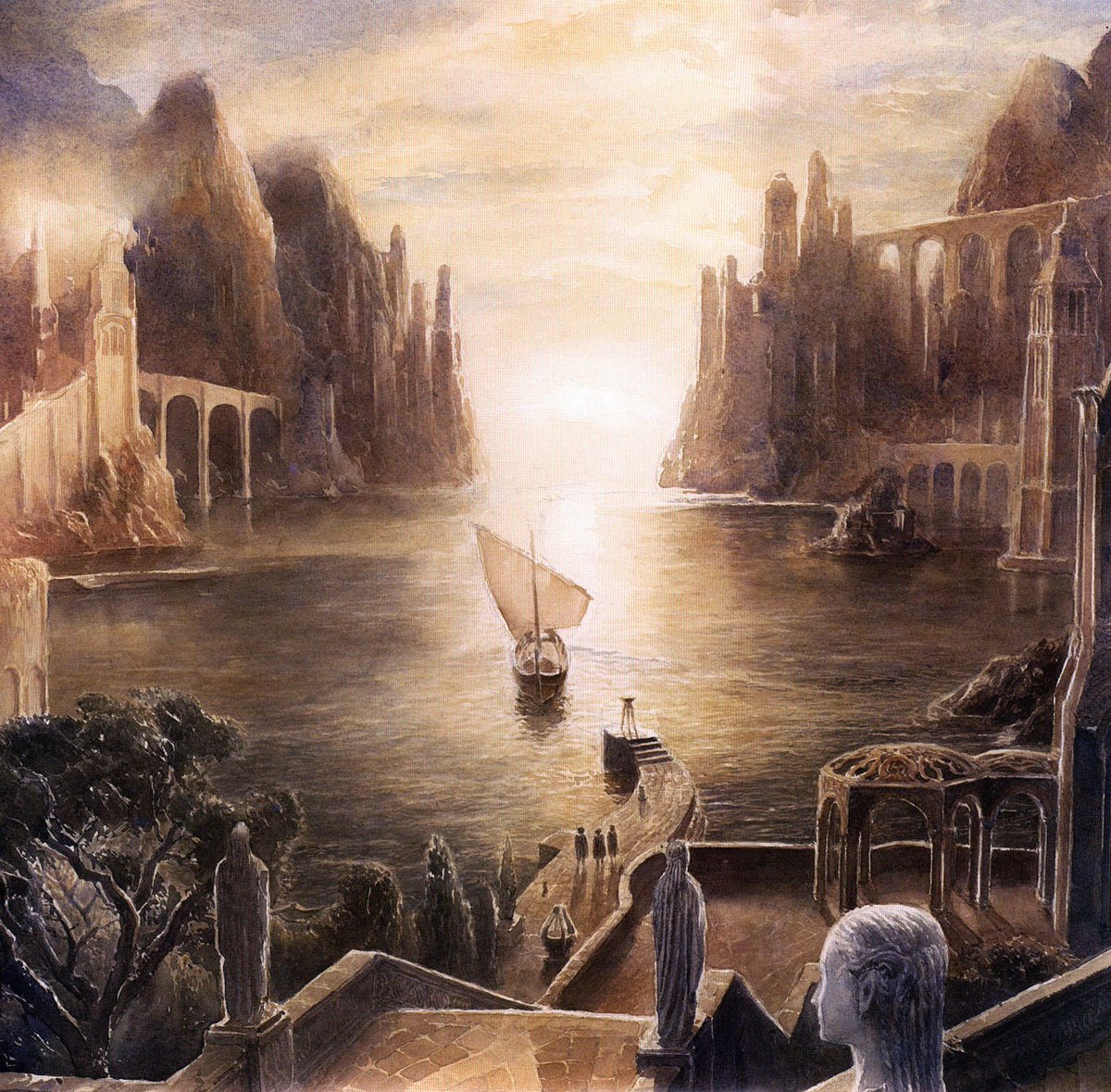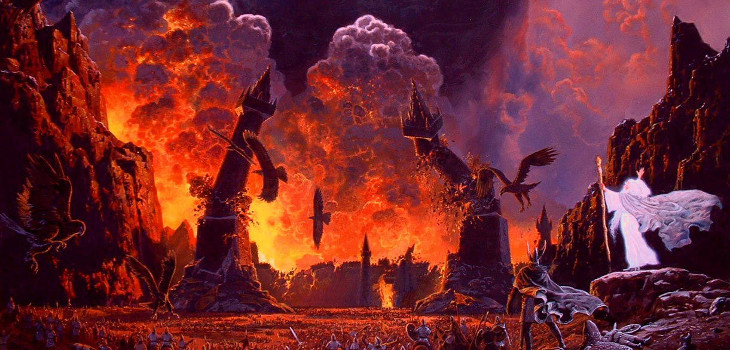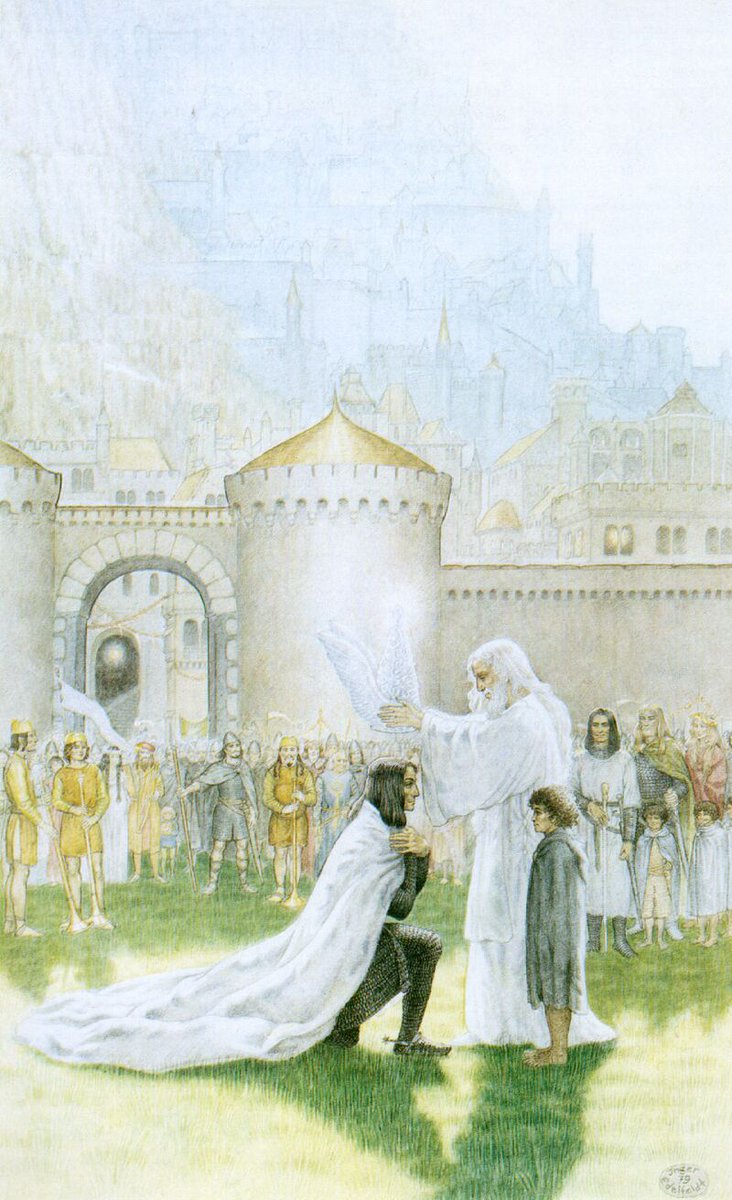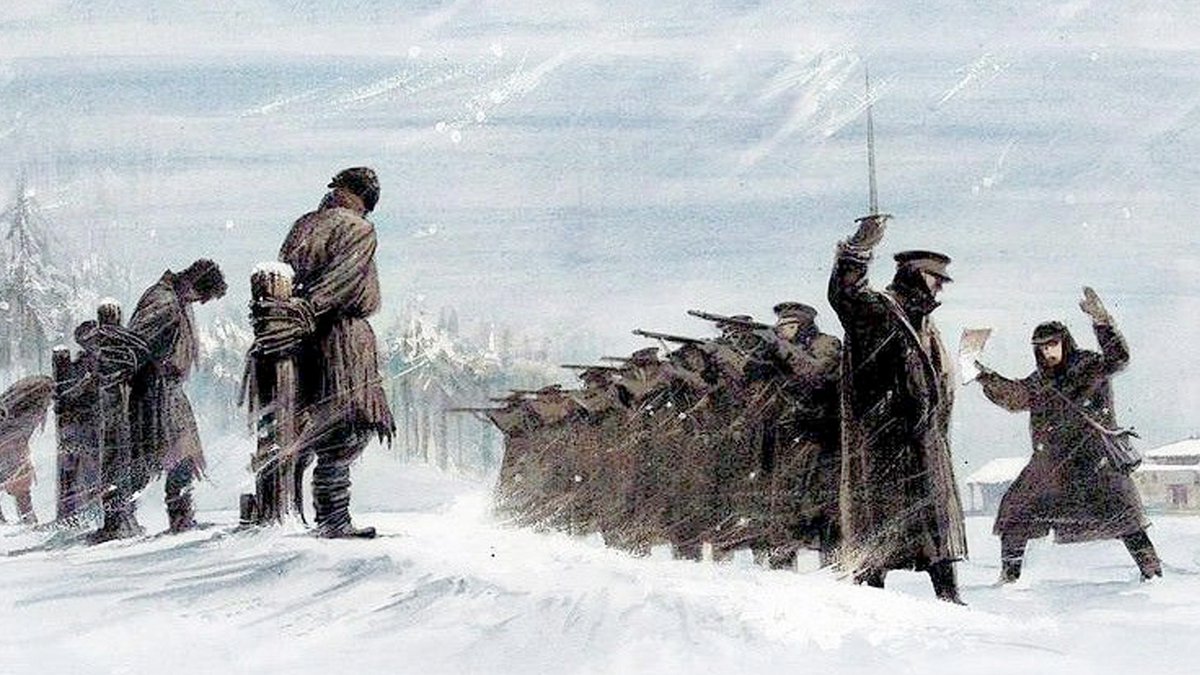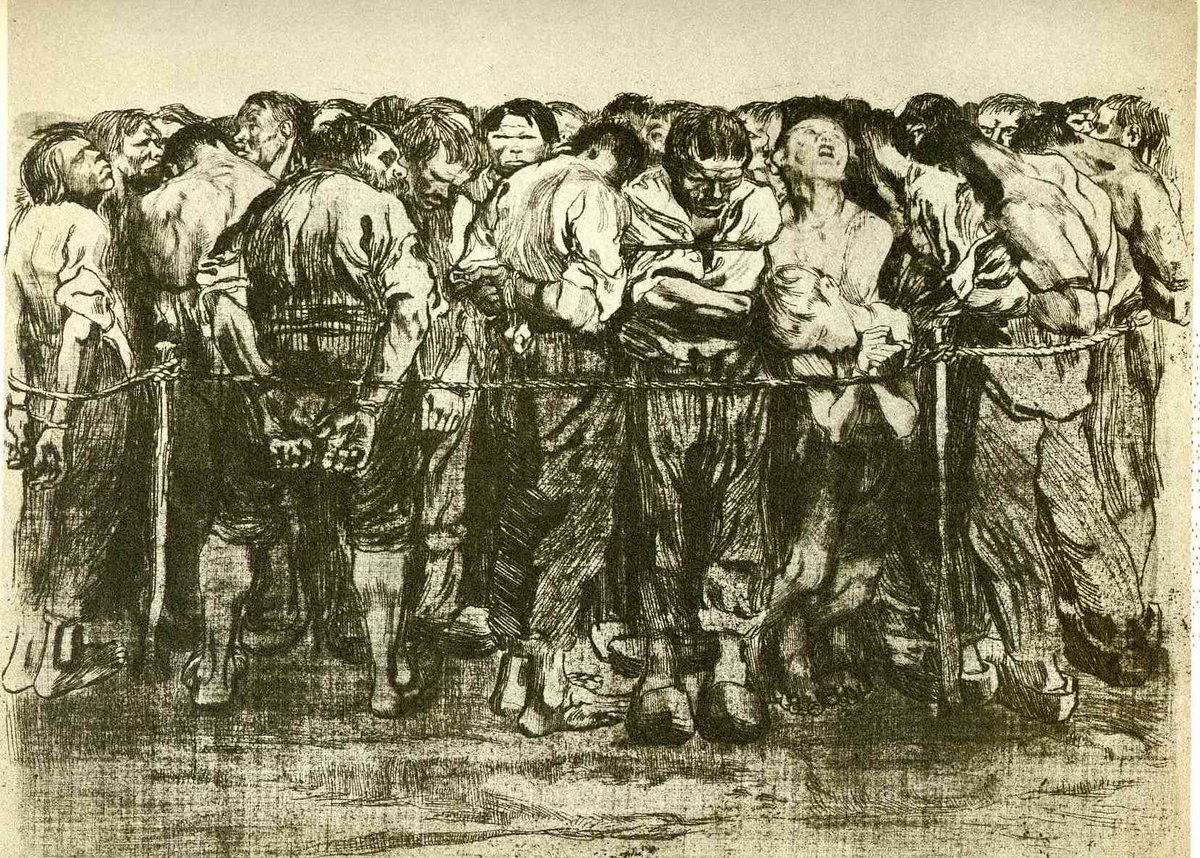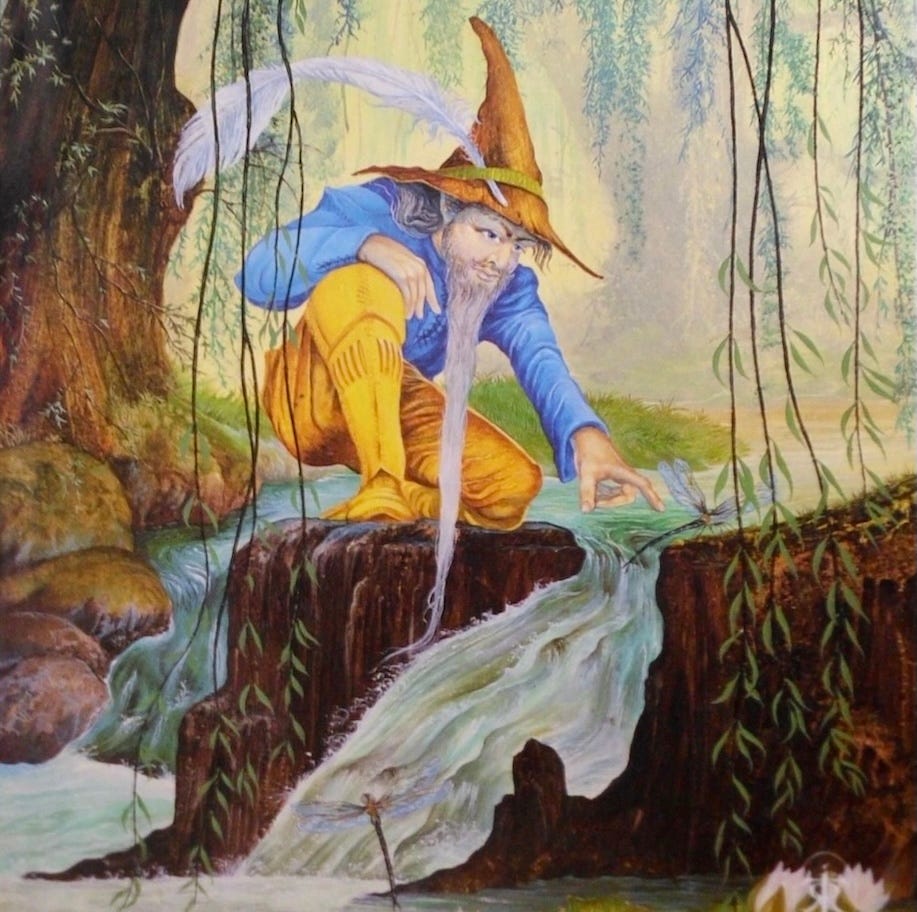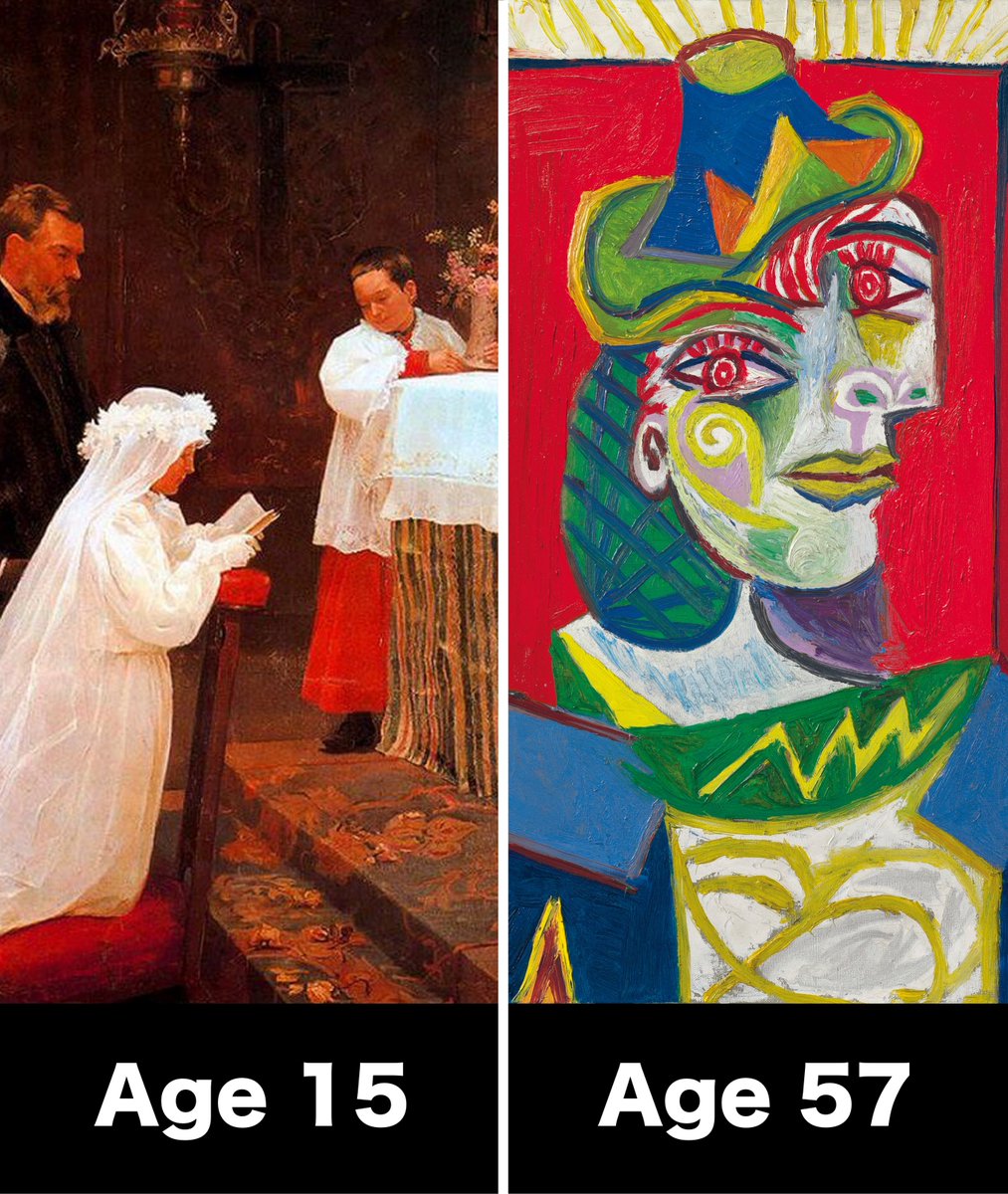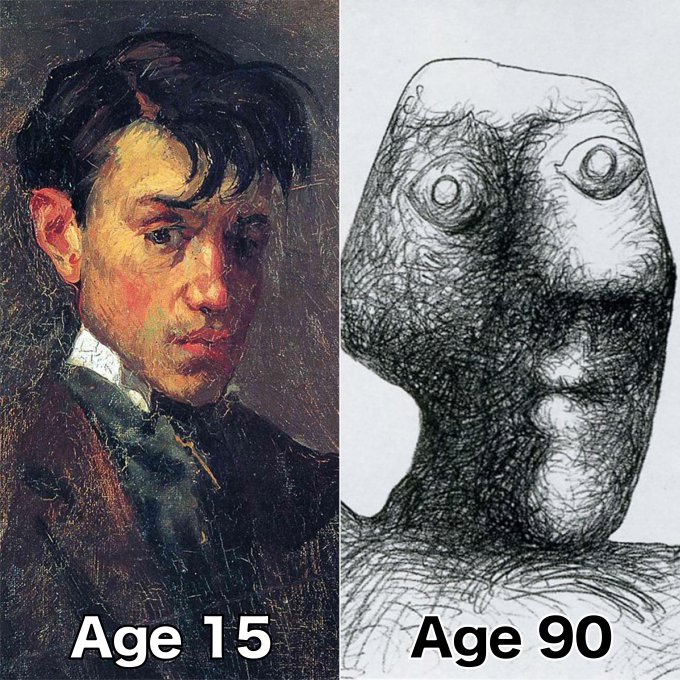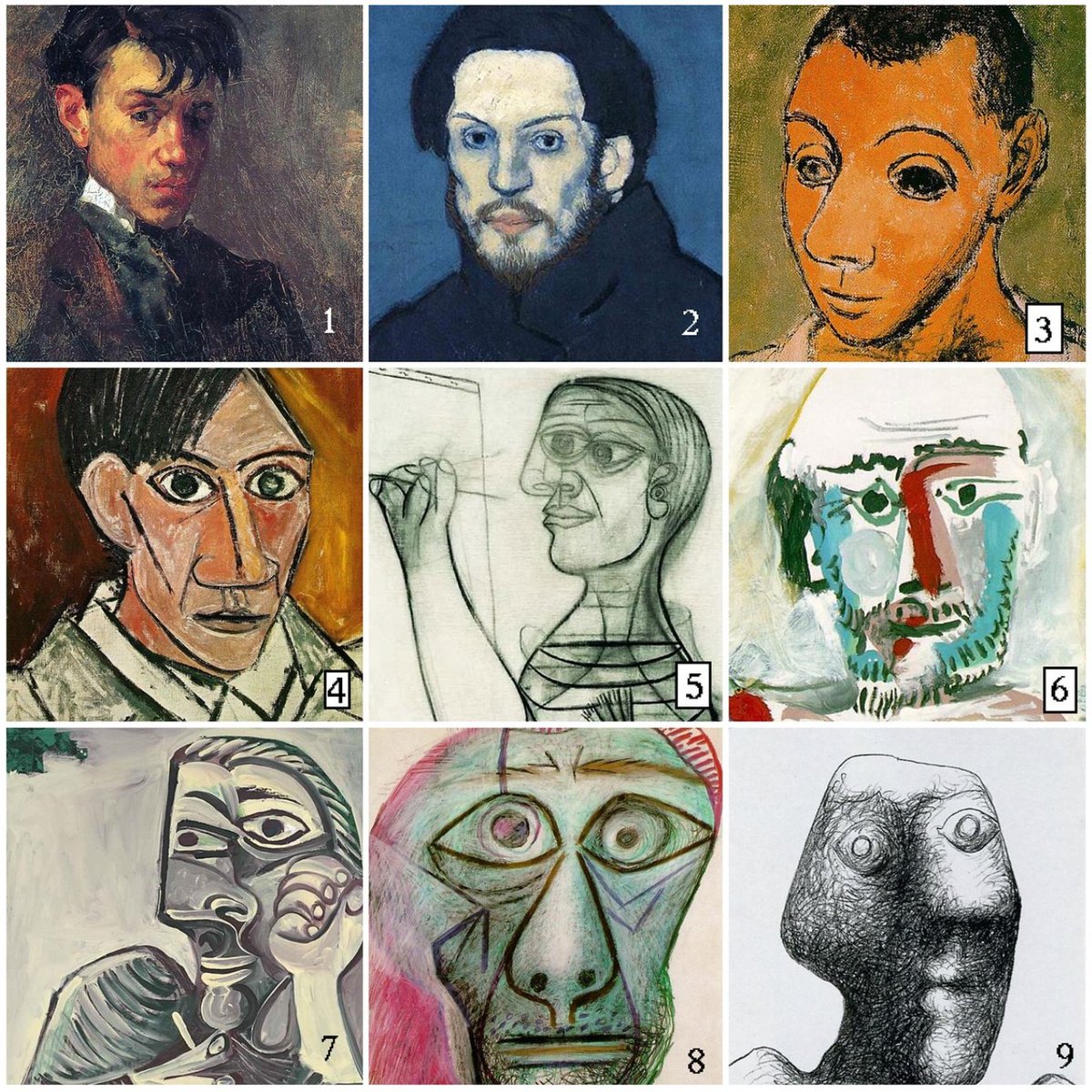Is this the image of Jesus of Nazareth?
New X-ray analysis just revealed the Shroud of Turin, Christ's alleged burial cloth, to be 2,000 years old.
So here's what we know — and why it might just be real... (thread) 🧵
New X-ray analysis just revealed the Shroud of Turin, Christ's alleged burial cloth, to be 2,000 years old.
So here's what we know — and why it might just be real... (thread) 🧵

This 14-foot linen cloth, kept in Turin, is claimed by many to be the actual burial shroud of Christ — imprinted with a miraculous image of him.
Can it possibly be real? What do we know about it?
Can it possibly be real? What do we know about it?

According to the Gospels, Jesus was wrapped in a linen burial cloth after the Crucifixion by Joseph of Arimathea.
The same man who owned the rock-cut tomb Christ was buried in.
The same man who owned the rock-cut tomb Christ was buried in.

It comes up again when the empty tomb is found (Luke 24:12): "But Peter rose and ran to the tomb; stooping and looking in, he saw the linen cloths by themselves."
After these events, the shroud is not mentioned again in the Bible.
After these events, the shroud is not mentioned again in the Bible.

Other than indications it might've gone to Constantinople, we don't see it in the written record until it emerges in 1354 — in the hands of a knight.
Geoffroi de Charny was a renowned warrior and crusader, but we don't know how he got it.


Geoffroi de Charny was a renowned warrior and crusader, but we don't know how he got it.


From there, the history is well documented up until it arrives at Turin Cathedral in 1578.
It has lived there ever since and has its own purpose-built chapel.


It has lived there ever since and has its own purpose-built chapel.


Finally, in 1988, a piece of the shroud was carbon dated for the first time by three teams of scientists.
The world stood and watched as the results came through...
The world stood and watched as the results came through...

The date: somewhere between 1260 and 1390 AD. Medieval, not ancient — and around the same time it came into the possession of that knight.
So then, case closed? Not quite...
So then, case closed? Not quite...

First, nobody has a clue how the image on the cloth was made — there's no pigment or dye present.
The fibers themselves seem to be discolored to form the image, and the concentration of those fibers is what creates darker or lighter sections.
The fibers themselves seem to be discolored to form the image, and the concentration of those fibers is what creates darker or lighter sections.

It also appears to be a photographic negative. In 1898, someone first noticed what happens when you reverse the image. 

Its luminance correlates continuously with the distance from the body to the cloth — like a 3D image.
Nothing like it has ever been seen on something this old. If this was a medieval hoax, simply pulling it off was a miracle in itself...
Nothing like it has ever been seen on something this old. If this was a medieval hoax, simply pulling it off was a miracle in itself...

Then there are all the physical accuracies.
The wounds are consistent with Roman crucifixion and the specifics of the Bible account: marks from the crown of thorns, stab wound in the side, lacerations on the back and bruises on the shoulders.
The wounds are consistent with Roman crucifixion and the specifics of the Bible account: marks from the crown of thorns, stab wound in the side, lacerations on the back and bruises on the shoulders.

And even if this wasn't Christ himself, it appears at least to be the victim of a real crucifixion.
Analysis of nanoparticles on the shroud revealed high levels of creatinine and ferritin — found in patients who suffer trauma, like torture.
Analysis of nanoparticles on the shroud revealed high levels of creatinine and ferritin — found in patients who suffer trauma, like torture.

There are too many other lines of evidence to cover in a summary thread:
Pollen analysis suggesting plant pollen native to the Jerusalem; a weave pattern common in the ancient Middle East — not medieval Europe...
Pollen analysis suggesting plant pollen native to the Jerusalem; a weave pattern common in the ancient Middle East — not medieval Europe...

And though any ancient record is hard to establish, it seems the shroud might've had an impact on art way before 1354.
Byzantine icons like the Sinai Pantocrator (6th century) appear strikingly similar. Before this icon, there was no standardized way to depict Christ in art.


Byzantine icons like the Sinai Pantocrator (6th century) appear strikingly similar. Before this icon, there was no standardized way to depict Christ in art.


Going back to the carbon dating, many argue that the analyzed corner piece was either contaminated or repaired in the Middle Ages.
If the shroud was subject to contamination, or the samples not properly cleaned, it might be flawed.
If the shroud was subject to contamination, or the samples not properly cleaned, it might be flawed.

And then there's the news that just landed.
A new X-ray technique was used to study the aging of the linen's flax cellulose. It found that the breakdown of the cellulose matches that of other 2,000 year old samples — not medieval ones.
A new X-ray technique was used to study the aging of the linen's flax cellulose. It found that the breakdown of the cellulose matches that of other 2,000 year old samples — not medieval ones.

If it was just 7 centuries old, as the 1988 test suggests, the cellulose would have to have aged incredibly fast.
To do that, it would have to have been kept at a temperature "very close to the maximum values registered on the earth".
To do that, it would have to have been kept at a temperature "very close to the maximum values registered on the earth".

Whatever you might think about the shroud, there's no doubting its mystery — modern science has yet to explain or replicate it.
Perhaps it never will...
Perhaps it never will...

If this thread interests you, I go deeper in my FREE newsletter — do NOT miss the next one!
75,000 people read it: art, history and culture 👇
culture-critic.com/welcome
75,000 people read it: art, history and culture 👇
culture-critic.com/welcome
And because of the "3D" properties of the image, we've even been able to produce 3D, life-size models from it... 

• • •
Missing some Tweet in this thread? You can try to
force a refresh


